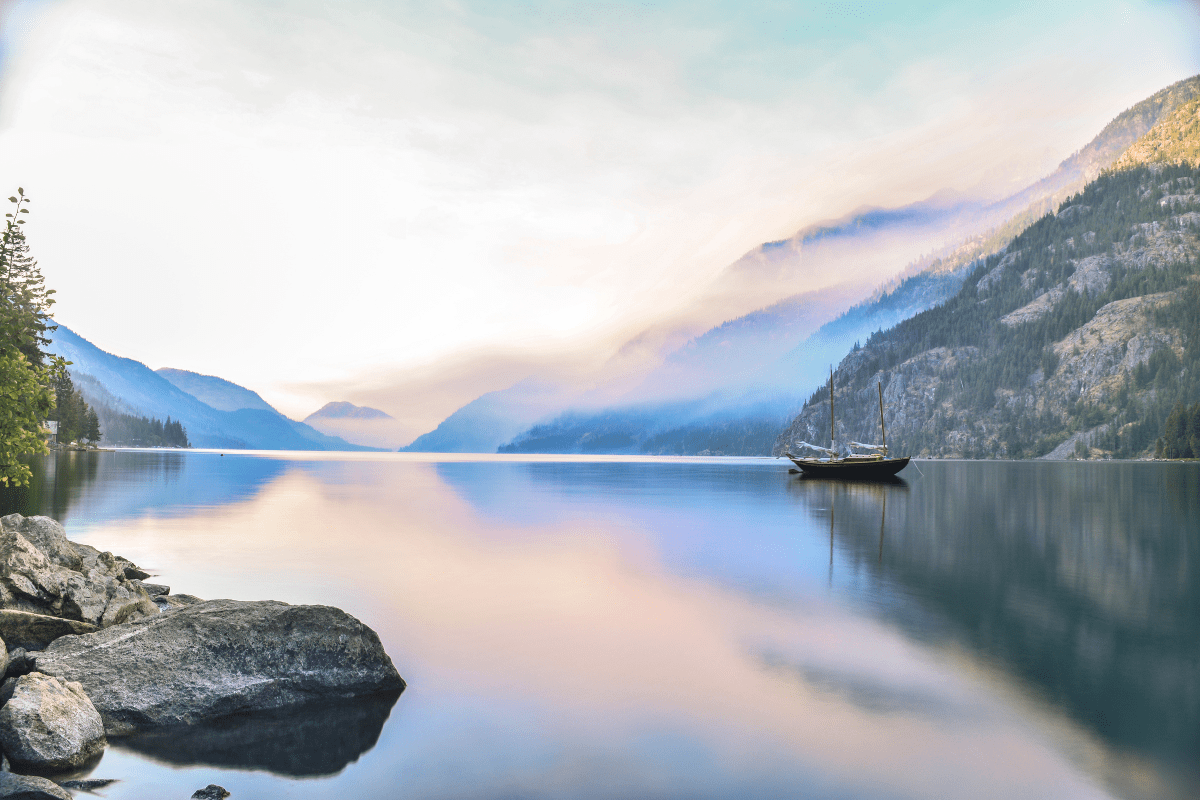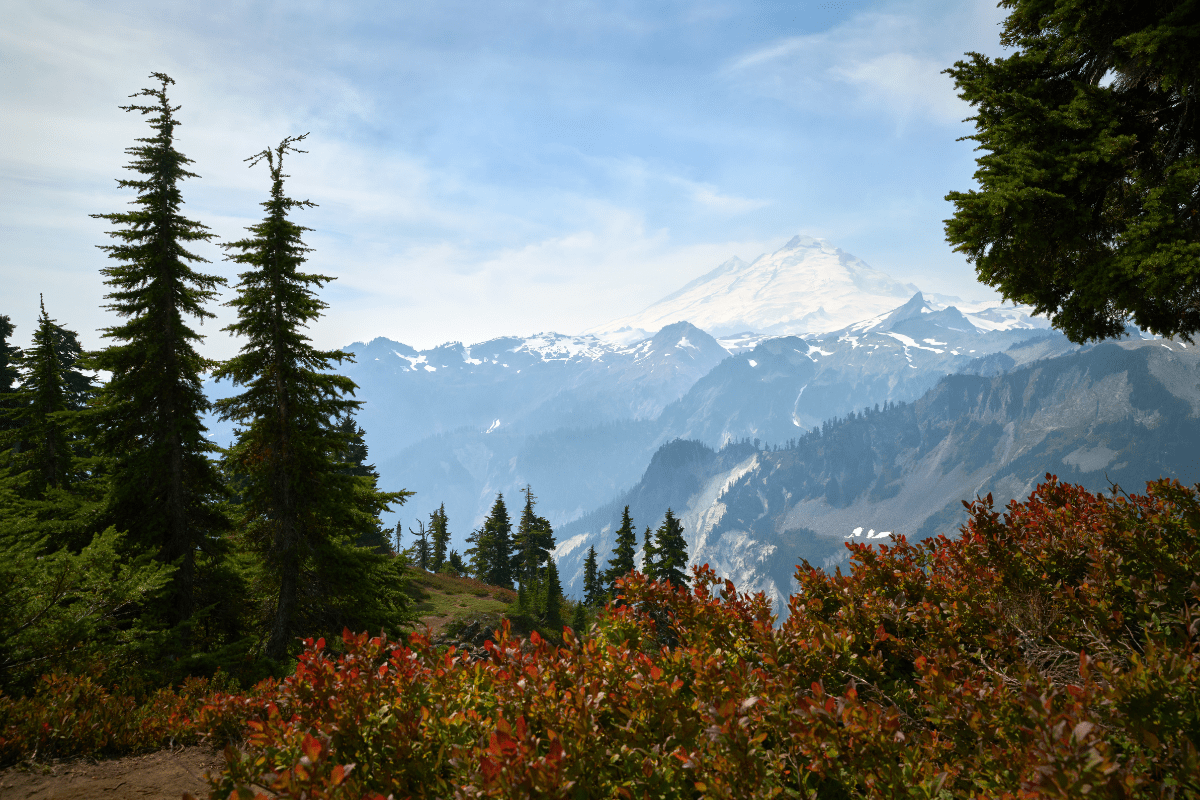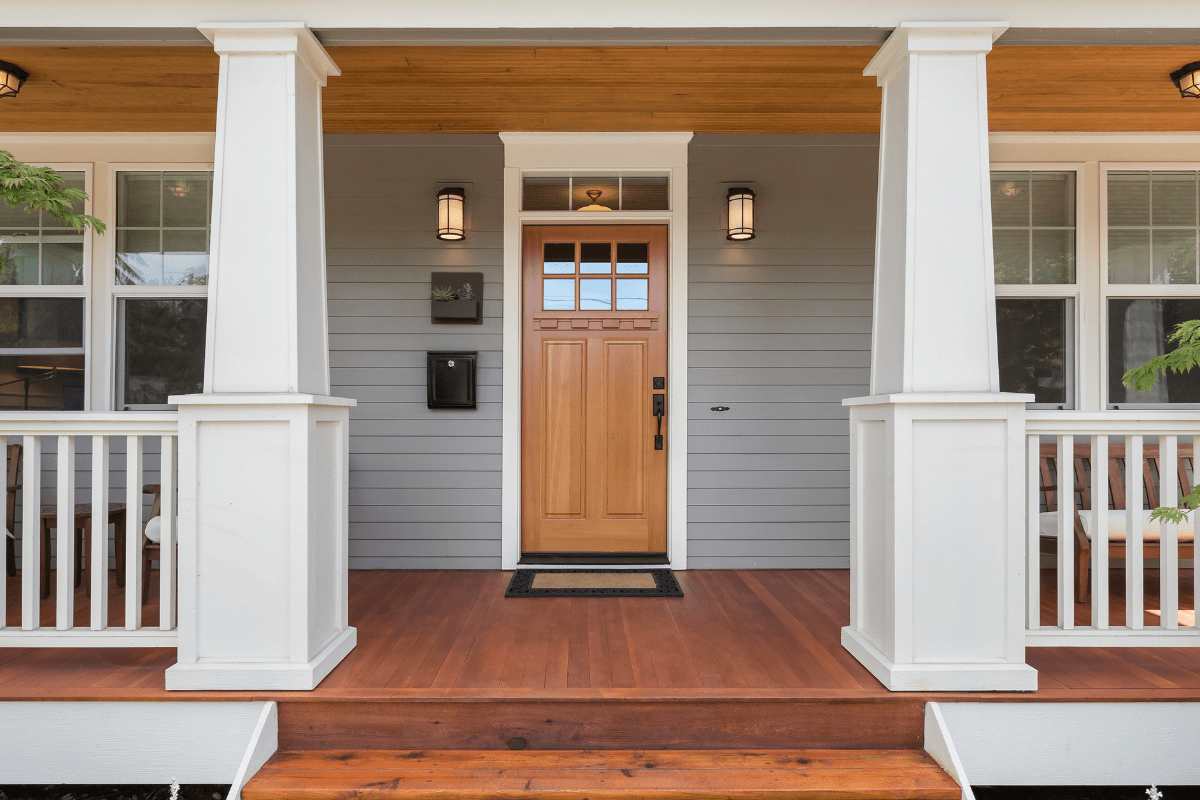Forget fighting crowds at Mount Rainier or elbowing through Pike Place Market. Washington's real treasures are hiding in plain sight, welcoming 98% fewer visitors while delivering the same jaw-dropping beauty that makes this state legendary.
Why Washington's hidden gems stay hidden
Here's a mind-blowing statistic: while Deception Pass State Park hosts 3.4 million annual visitors, equally stunning Peshastin Pinnacles sees just 55,000. That's not a typo. North Cascades National Park, despite containing what outdoor experts call "the American Alps," attracts only 40,351 visitors annually… less than 1% of Washington's national park traffic. As North Cascades Institute Director Saul Weisberg puts it, these overlooked places offer "a mind-blowing array of mountaineering opportunities" without the Instagram hordes.
The best part? These aren't consolation prizes for people who couldn't snag permits to popular spots. They're legitimate world-class destinations that just happen to require slightly more effort than following your GPS to the nearest scenic overlook.
Start with the easy wins
Not everyone wants to bushwhack through unmarked trails or take three ferries to reach paradise. These accessible gems prove you don't need to be Bear Grylls to escape the crowds.
Salt Creek Recreation Area: Your new favorite beach
Located at 3506 Camp Hayden Road in Port Angeles, Salt Creek Recreation Area might be the best $5 you'll ever spend on the Olympic Peninsula. This 196-acre county park offers everything the national park beaches provide… tide pooling at Tongue Point Marine Sanctuary, WWII bunker explorations, Washington's premier shore diving… without the Olympic National Park entrance fees or parking nightmares.
The secret to its relative quietness? It's 12 miles west of Port Angeles via Highway 112, just far enough to deter the "let's just drive until we see something pretty" crowd. Even on summer weekends, you can usually snag a campsite ($25-30 per night). Meanwhile, nearby Ruby Beach gets so packed they literally had to close it for maintenance.
Pro tip: The bunkers aren't just empty concrete shells. During low tide, you can explore the entire underground network, though bringing a headlamp is strongly recommended unless you enjoy walking into walls.
Panther Creek Falls: The waterfall that makes you look like a local
The Forest Service officially designated this as the "most impressive and complex waterfalls in the Gorge," yet most Oregon-side tourists never even know it exists. Located off Forest Road 65 near Carson on Washington's side of the Columbia Gorge, Panther Creek Falls features two-tier segmented falls (50-70 feet each) that create these wild channeled flow patterns you won't see anywhere else.
The recently rebuilt 0.3-mile trail is basically a gift to your knees… smooth, well-maintained, and mercifully short. No fees, no permits, no reservation lottery months in advance. The unmarked trailhead keeps things naturally quiet, though once you know where to look, you'll wonder how everyone else misses it.
There's also a bonus 100-foot spring-fed waterfall visible from the viewing platforms, because apparently one spectacular waterfall wasn't enough for this overachiever of a trail.
Lake Lenore Caves: Where geology gets weird
Eastern Washington often gets dismissed as "that boring part you drive through," which is exactly why gems like Lake Lenore Caves stay crowd-free. These seven basalt shelters were carved by Ice Age floods 15,000 years ago and used by Native Americans for over 5,000 years. The easy 1.5-mile trail from Highway 17 leads to caves overlooking the alkaline Lake Lenore, where the water's chemistry creates this otherworldly turquoise color.
Multiple visitors report having "the trail to myself," which sounds fake but isn't. Spring and fall offer ideal conditions, though summer works if you start early before the desert heat kicks in. The caves stay naturally cool, making them perfect midday refuges when the scablands are doing their best Death Valley impression.
Islands that ferries forgot
Washington's islands come in two flavors: touristy and forgotten. Guess which ones we're talking about.
Shaw Island: Population 188, restaurants zero
Among the San Juan Islands, Shaw Island remains stubbornly uncommercial. The Washington State Ferry stops here between Orcas and Lopez, but most passengers never disembark. Those who do discover:
- State's longest continuously operating one-room schoolhouse (since 1891)
- A Benedictine monastery
- One general store
- Twelve primitive campsites
- Absolutely nothing else
No restaurants. No hotels. No whale watching tours or lavender farms or artisanal ice cream shops. Just an island where 188 permanent residents have collectively agreed that tourism is someone else's problem. Bring your own food, embrace the quiet, and enjoy what might be the last uncommercial island in the Salish Sea.
Stehekin Valley: No roads, no problems
Stehekin Valley can only be reached by boat, floatplane, or a 23-mile hike. No roads connect this North Cascades town of 90 residents to the outside world, which is exactly how they like it. The $68 round-trip ferry ride from Chelan delivers you to a genuine frontier atmosphere, complete with the famous Stehekin Pastry Company (their cinnamon rolls are worth the boat ride alone) and 312-foot Rainbow Falls.
Even in peak summer, the population swells to just a few hundred. As 40-year resident Karl Gaskill says, "Everything I need is here," which is easy to believe when "here" includes glacier-carved valleys, pristine rivers, and neighbors who chose isolation over convenience.
The valley offers several easy hikes if you're not up for backcountry adventures, plus bike rentals for the Valley Road. Just remember: when the last boat leaves, you're staying overnight whether you planned to or not.
Mountain escapes minus the permit lottery
The Enchantments lottery has gotten so competitive that your odds of winning are roughly equal to getting struck by lightning while winning scratch-off tickets. These alternatives deliver alpine magic without the bureaucracy.
Tank Lakes: The Enchantments' introverted sibling
Twenty miles into the Alpine Lakes Wilderness, Tank Lakes rewards those willing to work for their views. The pristine tarns reflect Bear's Breast and Iron Cap peaks in that perfect alpine way that makes you forget your screaming quads. Unlike the Enchantments, no lottery permits are required… just stamina and basic navigation skills.
Starting from Necklace Valley Trailhead off Foss River Road, the 20-mile round trip gains 4,400 feet. The unmarked final mile naturally filters out casual hikers, which is wilderness speak for "you better know how to read a map." Bring your Northwest Forest Pass ($30 annually) and aim for July through September unless you enjoy postholing through snow.
Beckler Peak: Summit views for normal humans
Not everyone has thighs of steel or a masochistic relationship with elevation gain. Beckler Peak in the Wild Sky Wilderness offers 360-degree summit views via a trail that won't require a recovery week. The 7.4-mile round trip gains a reasonable 2,263 feet from Jennifer Dunn Trailhead, with Washington Trails Association confirming "nowhere in this area can you get views like this as easily."
The parking area holds only 15-20 cars, providing natural crowd control better than any permit system. The trail opened in 2011, making it practically brand new by Forest Service standards. On clear days, you'll see from Rainier to Baker, wondering why everyone else is fighting for Enchantments permits.
Ozette Lake: Olympic's forgotten corner
Washington's largest unaltered natural lake sits 331 feet deep with its bottom 300 feet below sea level, creating its own weather patterns and ecosystem. Kayakers report being "the only boats on this 7-mile long lake" during peak season, which sounds impossible until you realize it's a 3-hour drive from Port Townsend.
The real magic happens at Erickson's Bay, offering the only boat-in camping in Olympic National Park. The 15-site campground at the trailhead fills occasionally, but the lake itself remains eerily empty. Pack your kayak or canoe (no rentals available) and prepare for solitude that's increasingly rare in the lower 48.
Geological wonders and ancient art
Some places are hidden not by distance but by restricted access, preserving both the sites and the experience.
Columbia Hills State Park: Petroglyphs by appointment only
"She Who Watches" (Tsagaglalal) is one of the most famous Native American petroglyphs in North America, featured in archaeology textbooks worldwide. Yet viewing requires advance reservations for ranger-guided tours limited to 20 people, running Fridays and Saturdays at 9 AM from April through October.
The restrictions aren't arbitrary bureaucracy… they're preserving irreplaceable cultural heritage while ensuring visitors get an intimate experience rather than a crowded glimpse. The nearby Dalles Mountain Ranch section offers spectacular wildflower displays in spring with 360-degree summit views, no reservation required. Your Discover Pass ($35 annually) covers both areas.
Gardner Cave: Washington's underground secret
Washington's only publicly accessible limestone cave hides in Crawford State Park, 11 miles north of Metaline near the Canadian border. The 494-foot accessible portion of the state's third-longest limestone cave maintains a constant 42°F year-round, making it nature's perfect air conditioning.
Tours limited to 25 people run Thursday through Monday from May through September only. As travel writer Lauren Danner perfectly describes it: "Crawford State Park feels like it's at the end of the earth, and its star attraction, Gardner Cave, feels like the center of the earth."
The 500-million-year-old formations include stalactites, stalagmites, and flowstone that would be mobbed if located anywhere near Seattle. Instead, the remote location ensures you'll tour with a small group of people who really wanted to be there.
Planning your escape from the crowds
Successfully exploring Washington's hidden gems requires more preparation than hitting the popular spots, but that's partly why they stay hidden.
Essential passes to purchase:
- Northwest Forest Pass ($30 annually)
- Discover Pass ($35 annually)
- Some areas require both
- Ferry reservations when possible
- Tour bookings well in advance
Seasonal strategies that actually work:
- Mountain destinations: July through September
- Eastern Washington: Spring and fall
- Coastal areas: September through May
- Columbia Gorge: Year-round accessibility
What nobody tells you to bring:
- Downloaded offline maps
- Extra water (many sites lack it)
- Toilet paper (seriously)
- Cash for ferry parking
- Patience for unmarked trailheads
- High-clearance vehicle helps
- Backup plans for weather
- Snacks for unexpected delays
The future of Washington's hidden gems
Washington's tourism generates $23.9 billion annually, with marketing achieving an impressive $184 return per dollar spent. This success inevitably means more people discovering these lesser-known spots. But geographic barriers, seasonal limitations, and infrastructure gaps provide natural protection that no amount of Instagram posts can overcome.
Places requiring effort to reach naturally filter visitors to those seeking genuine experiences over quick selfies. A three-hour drive followed by a ferry ride followed by a hike eliminates the casual crowd more effectively than any permit system.
These quiet corners offer something increasingly rare: solitude in spectacular settings where locals still outnumber tourists, where you might have an entire lake to yourself, where ancient petroglyphs are viewed by dozens rather than thousands daily. They're reminders that even in our hyper-connected, overtouristed world, mystery and discovery are still possible… you just have to know where to look.
The best part? This list barely scratches the surface. Washington hides dozens more gems, each protected by some combination of distance, difficulty, or delightful obscurity. Finding them yourself is half the adventure. The other half is deciding whether to keep them secret or share them with fellow crowd-avoiders who appreciate empty trails as much as you do.
Just maybe don't post the GPS coordinates on social media. Some secrets are worth keeping.





